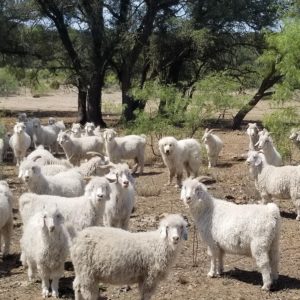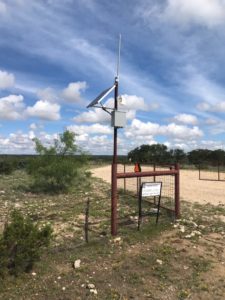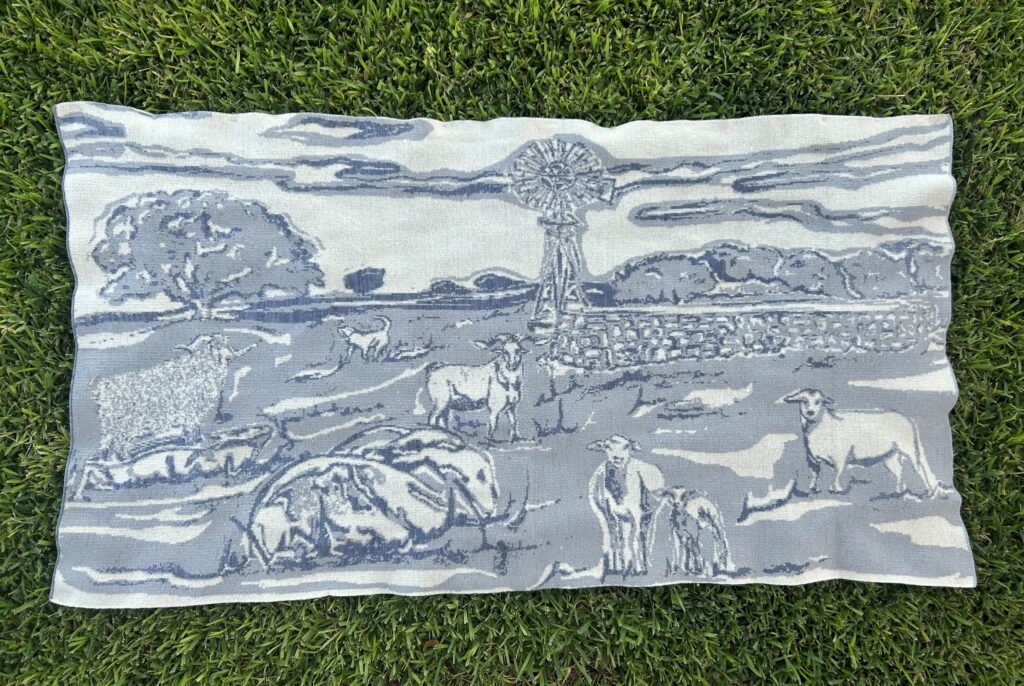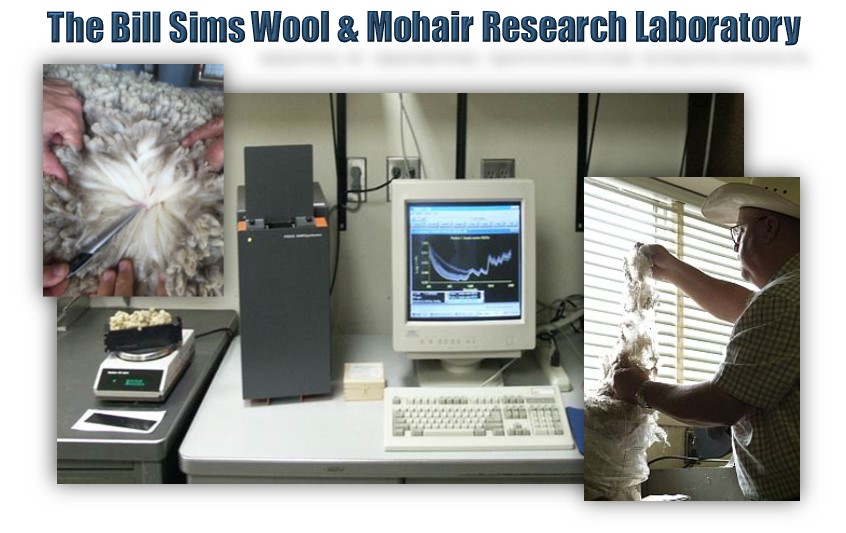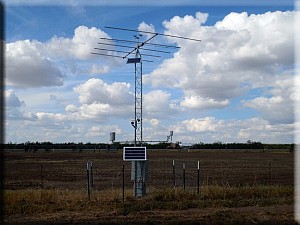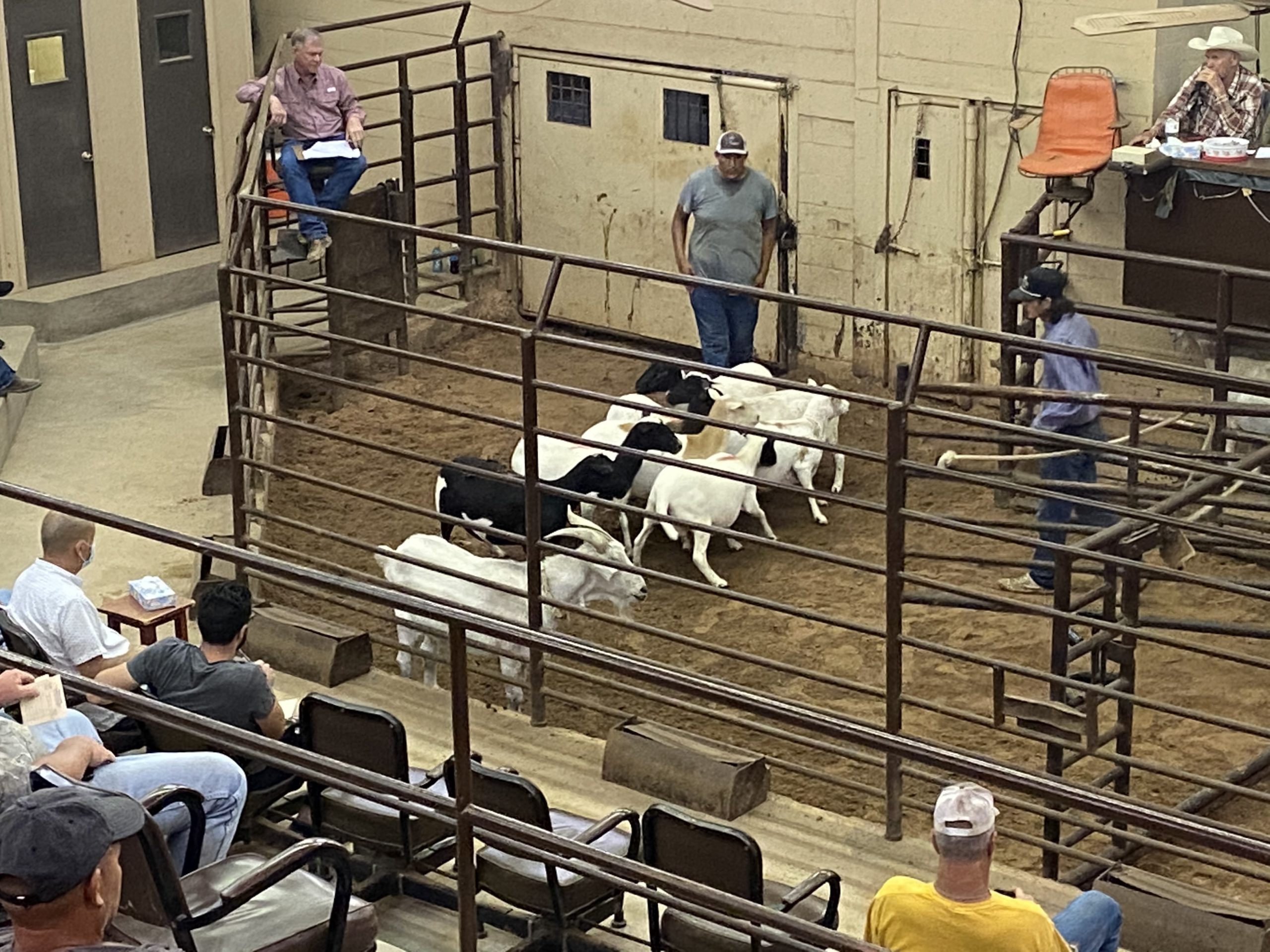AgriLife LGD Program Update
With Covid-19 restrictions being lifted, we are excited to get back to some live and in-person events. We are planning to host a LGD Field Day in Fredericksburg this fall. There will also be a LGD program update at the Texas A&M Sheep & Goat Field Day on August 20.
Our next LGD webinar will be held on Thursday, July 22 at 3 p.m. and the topic will be canine reproduction. Dr. Bethany Gibson from Oklahoma State University will be our guest presenter for this webinar. You can register for the Zoom event on our Facebook Events Page by clicking on the blue “Go To Link” button or on the AgriLife Center’s website under the events section. The webinar will also be broadcast live on Facebook. Check out last month’s webinar, “LGDs and the Law” on our YouTube channel.
This month we are also finishing a three-part series on internal parasites presented by our guest writer Meriam Saleh, Ph.D., from the Texas A&M Department of Veterinary Pathobiology at the College of Veterinary Medicine and Biomedical Sciences.
LGD Puppy Bonding Project
Most of the pups from the second round of the bonding project have been placed at ranches and are doing well. Squiggy was placed at the Sonora Station and partnered with Queenie to protect some meat goats. She is 12 years old and will be retiring soon. Wyatt was placed in Ozona at the Read Research Ranch with Max.
Max is 8 years old and due to a new research project, that has opened some of the pastures at
the ranch in Ozona, he is unable to adequately guard all our Angora wethers. The goats can now move across approximately 2,000 acres, so an additional dog is needed to guard them as they break up into different groups. We have not seen any losses of stock yet, but we wanted to be proactive and start training a new LGD before that occurs. Lenny, Laverne and Louise were all rebonded for approximately 14 days to a cooperating producer’s Dorper sheep and will be placed at his ranch soon. By placing stock from the producer’s ranch with the dogs in the bonding pen for a short period of time, it allows them to form a new bond with the livestock they will be protecting from now on. Failure to expose the dogs to the new stock could lead to them roaming to try to locate the animals they were protecting at the Center. Doc and Thelma will be placed at our research ranch in Menard in late June. All the pups will be equipped with GPS trackers to track their movement patterns until they are 18 months old.
Doc and Thelma are still wearing their “yokes of shame” and fortunately this has stopped them from roaming to the goat pasture. They are both doing well and have adapted to using their self-feeder outside of the feeding station with their yokes on. Since the feeder is unprotected from livestock eating out of it, we have had to monitor it more closely. We have not seen any additional feed losses to the sheep or goats yet. This may be because the feeder is in the bonding pen still and stock can water at a different location outside of the pen. The roaming of Doc and Thelma caused us to discontinue a short feeding project we were conducting to see how much feed each dog was consuming. We too have had to adapt and overcome an issue to make LGDs work for our location. We will move the dogs to another pasture this month away from the meat goats and retrain them to eat out of a feeding station again. They are going to be rebonded to a group of Dorper ewes from the ranch in Menard. We will keep the dogs in a bonding pen for 7-10 days to rebond them to the stock they will be protecting from now on.
Waylon and Johnny are both doing well at their locations. Johnny is still guarding Dorper ewes in Menard and Waylon was relocated with a group of Rambouillet ewes to the Sonora Station. Waylon took a little time to get adjusted to the new location. He wandered up to the headquarters at
the Sonora Station several times but when he was met with an unfriendly welcome each time, he returned to his stock. With a little persistence, Waylon has been persuaded to stay with his stock and not return to the office buildings or residences. Its important not to give positive reinforcement to your LGD whenever they are in a location you do not want them in. Never give them any treats or any pets if they are found in an area that they are not wanted in. It will only encourage them to return to these areas if you do!
We have a new tracking system installed at the ranch in Ozona that will use a LoRa system. It uses a different version of the Oyster tracker. These new trackers will collect data and send it immediately to the onsite system which will then upload it to an online server via cellular signal. The advantage to these new trackers is cost savings and battery life. We currently pay a monthly fee of $10 per Oyster tracker and $15 for the satellite trackers. With the LoRa system we will be paying $3 per tracker per month.
Since the trackers are sending information only to the tower at the ranch, they are supposed to have an extended battery life. With the LoRa system we only have to worry about the tower getting cellular signal, not each tracker. Lone Star Tracking donated the equipment for us to try out along with two of the new trackers. They installed a solar panel, control box, receiver and two types of antenna on a pole on the highest point of the ranch. Check out our Facebook for more information on the new system and updates on how the new units are working out.
Guest Article – Common intestinal parasites of livestock guardian dogs: Part 3 of 3
This final blog post in our three-part series on the most common intestinal helminths infecting dogs will focus on the canine whipworm, Trichuris vulpis. If you missed our first two posts or want to review them you can check them out here. Our previous posts also have some great background information about the importance of routine parasite prevention. Alright then, let’s talk about whipworms! Unlike hookworms and roundworms which live in the small intestine, whipworms live in the large intestine, more specifically the cecum and colon, of dogs. Whipworms get their name from their bullwhip-like appearance, the head is the thinner portion of the worm (or the lash of the whip) and the posterior is the

Image 1: Adult whipworms recovered from the large intestine of a dog. You can see their whip shape more clearly. Image from the Companion Animal Parasite Council.
thicker end (the handle of the whip) and is easier to see (image 1, from CAPC). Adult worms embed their thin heads into the mucosa of the large intestine where they feed on blood, tissue
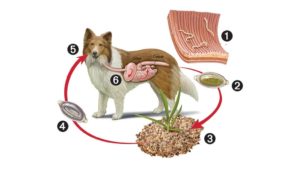
Image 2: Whipworm life cycle and depiction of the anterior end embedded in the mucosa. Image from Elanco.
fluids, and mucosal epithelium, see the lifecycle image (image 2) and callout showing the worms threading their heads into the host tissue. The visible portion of the worm in the large intestine is the posterior end (image 3).
The fact that whipworms live in the large intestine instead of the small intestine means that some of the characteristic clinical signs associated with infections are different because of their location. This can cause bloody diarrhea, but because the worms are in the large intestine the blood is not digested and therefore it is bright red compared to the dark tarry digested blood (called melena) that is often present in hookworm infections. However, whipworm infections can also be
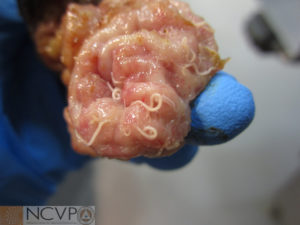
Image 3: Adult whipworms in the large intestine of a dog. The visible portion of the worm is thick posterior end protruding from the mucosa. Image from the National Center for Veterinary Parasitology.
asymptomatic and cause no clinical signs. Very severe infections can result in bloody diarrhea, weight loss, dehydration, anemia, and even death in extreme cases. Another difference between whipworms and the hookworms and roundworms, is that whipworms shed far fewer eggs, which can make diagnosing infections more difficult if there are few or no eggs being shed at the time of a fecal examination.
Whipworm eggs have a unique and characteristic appearance—they are brown or yellowish-brown in color and are shaped like a football, with a small cap called a polar plug on each end (image 4). The eggs are very hardy in the environment and are resistant to drying out and temperature extremes. This means that whipworm eggs can be viable in the environment for several years. Whipworms have a direct life cycle. This means that dogs become infected directly from the egg, more specifically by ingesting the developed egg in the environment. It takes
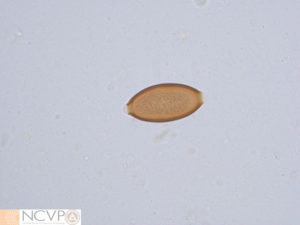
Image 4: Whipworm egg recovered via centrifugal fecal flotation. Image from the National Center for Veterinary Parasitology.
about 3 months from the time of egg ingestion for adults to develop in the large intestine and begin passing more eggs. When eggs are first passed in the dog’s feces, they are not infective. It takes anywhere from 1–3 weeks for the eggs to reach the appropriate infective stage.
The time from infection to egg shedding is termed the prepatent period, and because the prepatent period for whipworms is so long (~3 months) dogs can show clinical signs from the worms before eggs are even being passed in the feces. Therefore, routine parasite prevention is so important. Not all preventive products are effective against whipworms, so if they are diagnosed in your dog it is important to make sure you use an appropriate control product. Your veterinarian can help make sure you are giving the correct product. You should also continue to use a product that is effective against whipworms in your other dogs because it is very likely your yard or pasture is already contaminated with whipworm eggs. Back to the issues with detection due to intermittent and low numbers of egg shedding, there are tests that your veterinarian can send out for to test for the antigen of adult worms in your dog’s feces. The adult worm antigen testing is available for hookworms and roundworms too from IDEXX (https://www.idexx.com/en/veterinary/reference-laboratories/fecal-dx-antigen-test/), but can only be ordered and submitted by your veterinarian. Your veterinarian may also be able to do a fecal examination where they centrifuge the feces to try and help recover any eggs that are present either in-house or by sending a fecal sample out. If you are concerned about whipworms you can talk to your veterinarian about these other options.
Unlike hookworms and roundworms, canine whipworms are not considered a zoonotic parasite—yay! But just because whipworms cannot harm you doesn’t mean they can’t harm your dogs, as mentioned earlier. Subclinical whipworm infections will lead to massive environmental contamination and eventually dogs can acquire a mass of whipworms from their environment and become symptomatic. As with hookworms and roundworms, picking up the feces will prevent contamination of the environment, and is quite effective because none of these parasite eggs are infective when first passed. So, prompt removal of feces will go a long way in helping to prevent parasitic infections with hookworms, roundworms, and whipworms. In addition, routine fecal examinations should be performed at the veterinarian’s office to check that your dog is parasite free and on the appropriate parasite prevention product. An ideal parasite prevention product should also be effective against heartworm and intestinal parasites, in addition to fleas, and ticks, as recommended by the Companion Animal Parasite Council. For more information on these and other parasites you can check out the Companion Animal Parasite Council and their Pets and Parasites website (https://www.petsandparasites.org).
Written by Meriam N. Saleh, Ph.D., a Post-Doctoral Research Associate at the Texas A&M Department of Veterinary Pathobiology, College of Veterinary Medicine & Biomedical Sciences. Dr. Saleh currently serves as the project leader for the National Center for Veterinary Parasitology. In 2019 she completed a two-year postdoctoral fellowship focused on ticks, their geographic disruption, and tick-borne diseases at Oklahoma State University. She earned a BS in Animal Science from the University of Tennessee in 2011 and a Ph.D. in Veterinary Parasitology from Virginia Tech in 2017. She is also an active member of the American Association of Veterinary Parasitologists.
If you enjoyed our monthly LGD blog don’t forget to subscribe to it The Guardian Way | Texas A&M AgriLife Research and Extension Center at San Angelo (tamu.edu). To provide feedback on this article or request topics for future articles, please contact me at bill.costanzo@ag.tamu.edu or 325-657-7311. The Texas A&M AgriLife Livestock Guardian Dog Program is a cooperative effort by Texas A&M AgriLife Research and the Texas Sheep and Goat Predator Management Board. Make sure to follow us on our social media sites and share them with your friends and family!
Facebook: https://www.facebook.com/TAMUlivestockguarddog/
Instagram: @tamulivestockguarddog
YouTube: https://www.youtube.com/channel/UCF7YbP6bNDV7___6H8mifBA
Don’t forget to check out the Texas LGD Association on Facebook! Follow the organization at https://www.facebook.com/TexasLGDAssociation A website is coming soon!


